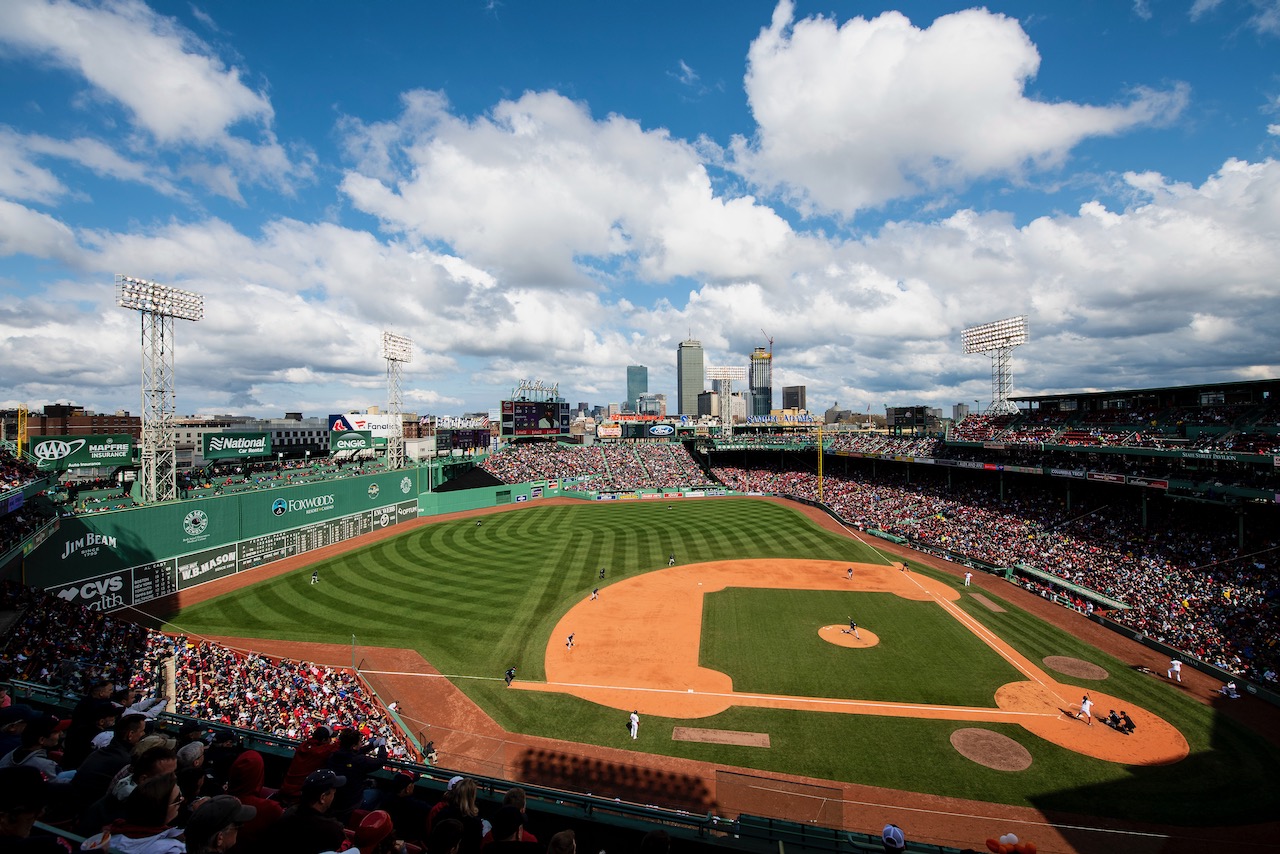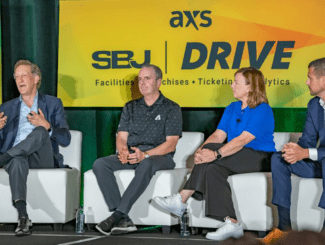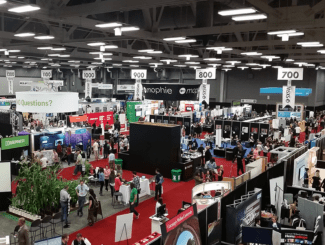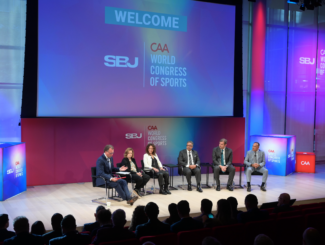As the oldest stadium in major league baseball, the Boston Red Sox’s Fenway Park is a beloved icon, especially for its architectural quirks like the “Green Monster” wall in left field. While endearing and intriguing, those same construction elements — some dating back to the park’s opening in 1912 — also make it extremely challenging to deploy modern wireless technology.
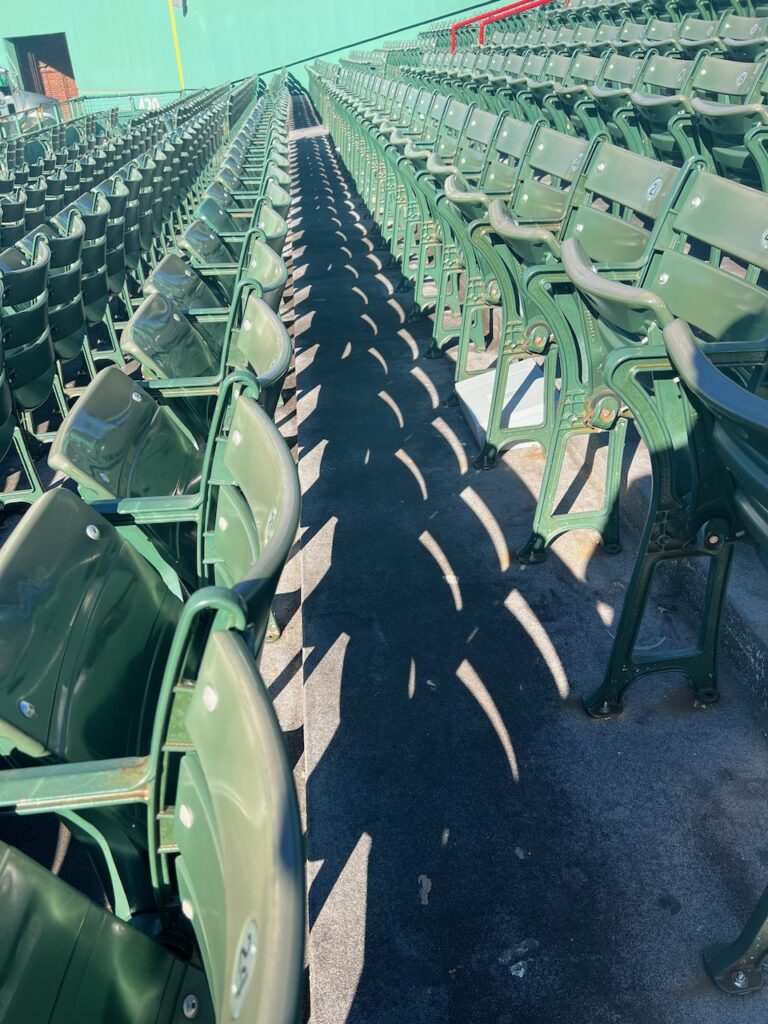
Recently we talked to Randy George, vice president of technology operations for the Boston Red Sox, about how the team overcame those construction and aesthetic challenges to provide fans with a cutting-edge Wi-Fi 6 network using gear from Extreme Networks that enables the connectivity experience fans now expect everywhere they go.
While Boston’s beloved ballpark has actually been a proponent of in-stadium Wi-Fi for a long time — according to George, some of the initial network deployments started as early as 2004 — for multiple reasons the stadium has never been able to deploy a true state-of-the-art, full-ballpark coverage network, until now.
Finally, after technical innovations and some internal arm-twisting, George and his team now have a network they can be proud of, both now and into the foreseeable future.
“I’m happy that for our customers and employees, Wi-Fi is not a pain point anymore,” George said. “It’s been a long time since we were able to actively promote it.”
The problems of putting technology into a historical spot
As the oldest active big-league baseball stadium, Fenway Park doesn’t need an introduction and probably doesn’t need much help to be one of those places that is on just about every fan’s bucket list for a visit. From the famed Green Monster wall in left field to the short foul pole in right field, the place just oozes baseball history, with quirks and charms that are abundantly evident even during TV broadcasts.
But what happens when you want to update a building with parts dating back to its opening in 1912 with new technology? Especially wireless technology, which requires things like conduit pipes and antennas that aren’t a clean fit with older architecture.
“It is an interesting place to manage technology in,” said George, who has been facing that challenge now for 21 years with the team. “We need to be very careful where we place technology, relative to the original structures,” he added.
According to George at one point the Red Sox had to answer about any construction in the park to three different regulatory bodies, including the Boston Landmarks Commission, a Massachussetts historic commission and even the National Parks, creating documentation to get approval for any changes. While George said that lately the process has become easier, the regulations still exist.
“There are things in the park like steelwork that we have to stay away from,” George said. “But we’ve become pretty good at working around those hurdles.”
Beating the Covid supply chain issues
After some playoff events a few years ago stressed the park’s wireless capabilities, George said the Red Sox looked in earnest at upgrading the Wi-Fi network. According to George the team was already working with Extreme Networks on the deployment when in February of 2021, Extreme announced that it would become the Wi-Fi supplier to Major League Baseball’s technology consortium, which assists MLB parks with the costs of wireless and other technology installations.
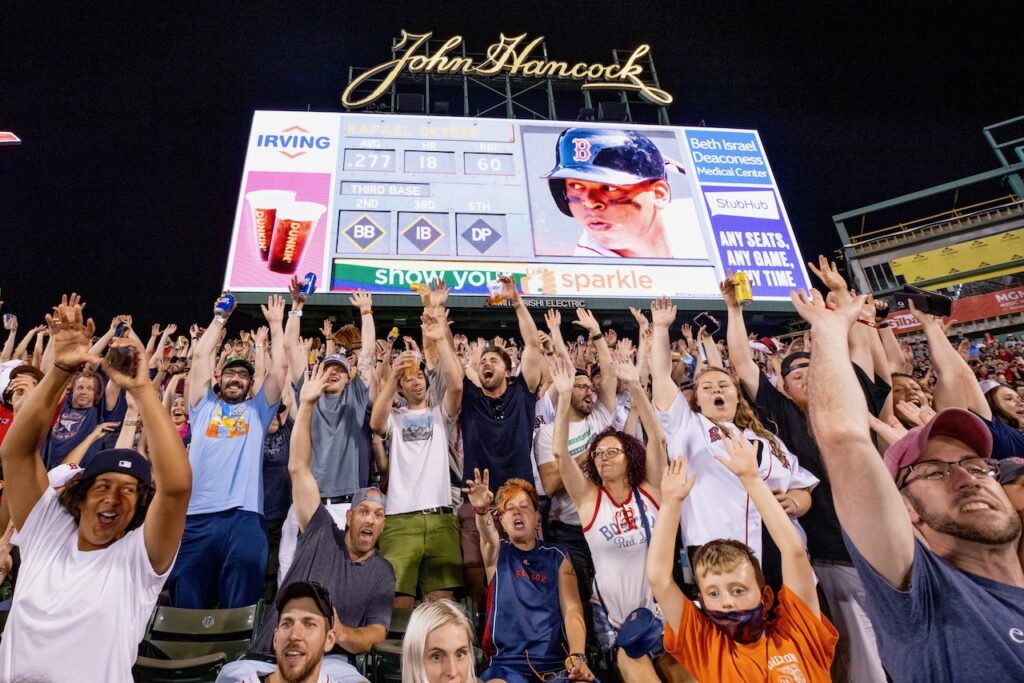
“We had talked to the Patriots about what Extreme had done for them [at Gillette Stadium], and were already planning to engage with Extreme prior to the MLB announcement,” George said. That early move became important when supply chain issues hit the entire world after the Covid pandemic hit. While some of the ballparks that were scheduled to get Extreme Wi-Fi networks last year had their deployments delayed, Boston was able to get its new network finished on time for opening day in 2022.
“We were fortunate to have started pre-Covid, ahead of the crazy supply chain issues other clubs have been dealing with,” George said.
Finally going under seat in the bleachers
George said that Extreme’s purpose-designed enclosures for stadiums, especially its under-seat models, helped the Red Sox IT team win an internal battle they’d been fighting over the years.
According to George, several earlier proposals to put under-seat enclosures in the outfield bleacher seating areas had been “shot down” by other people in the organization, for aesthetic and other reasons. But with the MLB consortium backing providing monetary resources and the Extreme gear providing a good look, George said the IT team finally got to install under-seat APs in the bleachers.
“We just have no overhead assets to get signals close to the fans out there,” George said. But the combination of being able to deliver good service in a way that everyone could live with won the day.
“The Extreme gear is good-looking, as far as under-seat enclosures go,” George said. “They deserve a lot of credit for bringing to the plate a form factor we could digest and get begrudingly approved.”
George, who tested the service in the bleachers, called the deployment of the 65 under-seat APs a game changer.
“It was the first time I was able to sit out there and have really good service,” he said.
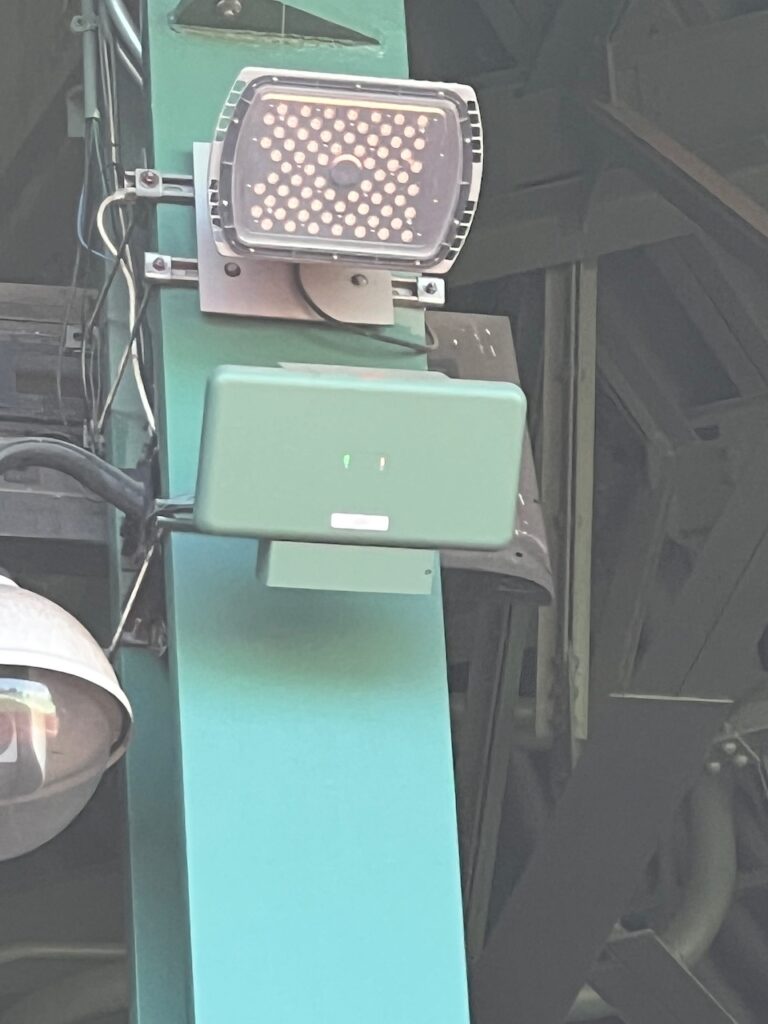
For the rest of the stadium, especially from foul pole to foul pole in the main seating bowl, George said under-seat wasn’t an option mainly due to the age of the structures, including some parts that had been built for the original opening in 1912. But with good overhang access as well as the ability to put APs into the field wall pointing backwards, the Red Sox were able to bring full Wi-Fi 6 coverage to the entire seating area.
In total, the new network has approximately 597 Extreme Wi-Fi 6 APs, which includes not just the stadium but also coverage of the new 5,000-seat MGM Music Hall venue that opened during the summer, just outside the Fenway Park walls. According to stats provided by the Red Sox, the network saw a peak unique client count of 23,412 users on opening day.
Another benefit of a fully functional Wi-Fi network is its ability to offload celluar customers to take pressure off the stadium’s DAS. According to the Red Sox there were 14,980 Verizon subscribers who were automatically authenticated on opening day, along with almost 4,000 T-Mobile subscribers (offload is not available for AT&T customers). According to George, Verizon is currently deploying a new 5G cellular network inside the park that is scheduled to be ready for opening day in 2023.
Looking toward the future
Like other ballparks, Fenway Park is steeling itself for a future that may include some kind of sportsbook facility either in or around the stadium. George also mentioned that the formerly sleepy ballpark neighborhood is now a hub of activity, with new residential and commercial buildings starting to rise. The team’s goal is to ensure that fans in and around the stadium have a single good method of connectivity, so for George the network planning doesn’t end at the outfield walls anymore.
“It’s interesting to watch the stats on usage now, to see what people are doing while they’re at the game,” George said. “But what’s really great is to see things like 20,000 users on the Wi-Fi and the environment doesn’t skip a beat.”



